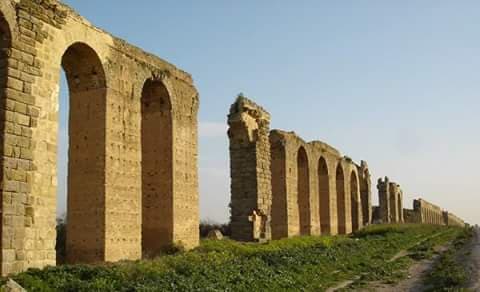
Roman Aqueduct of Zaghouan–Carthage
A monumental Roman aqueduct, stretching over 130km, supplying ancient Carthage with water. Marvel at its engineering from roadside vantage points.

Highlights
Must-see attractions

Social
From TikTok & Reddit
Best Time
Easy roadside access

Roman Aqueduct of Zaghouan–Carthage
Best Time
Easy roadside access

Highlights
Must-see attractions
A monumental Roman aqueduct, stretching over 130km, supplying ancient Carthage with water. Marvel at its engineering from roadside vantage points.
"Amazing feat of engineering, often right at the roadside!"
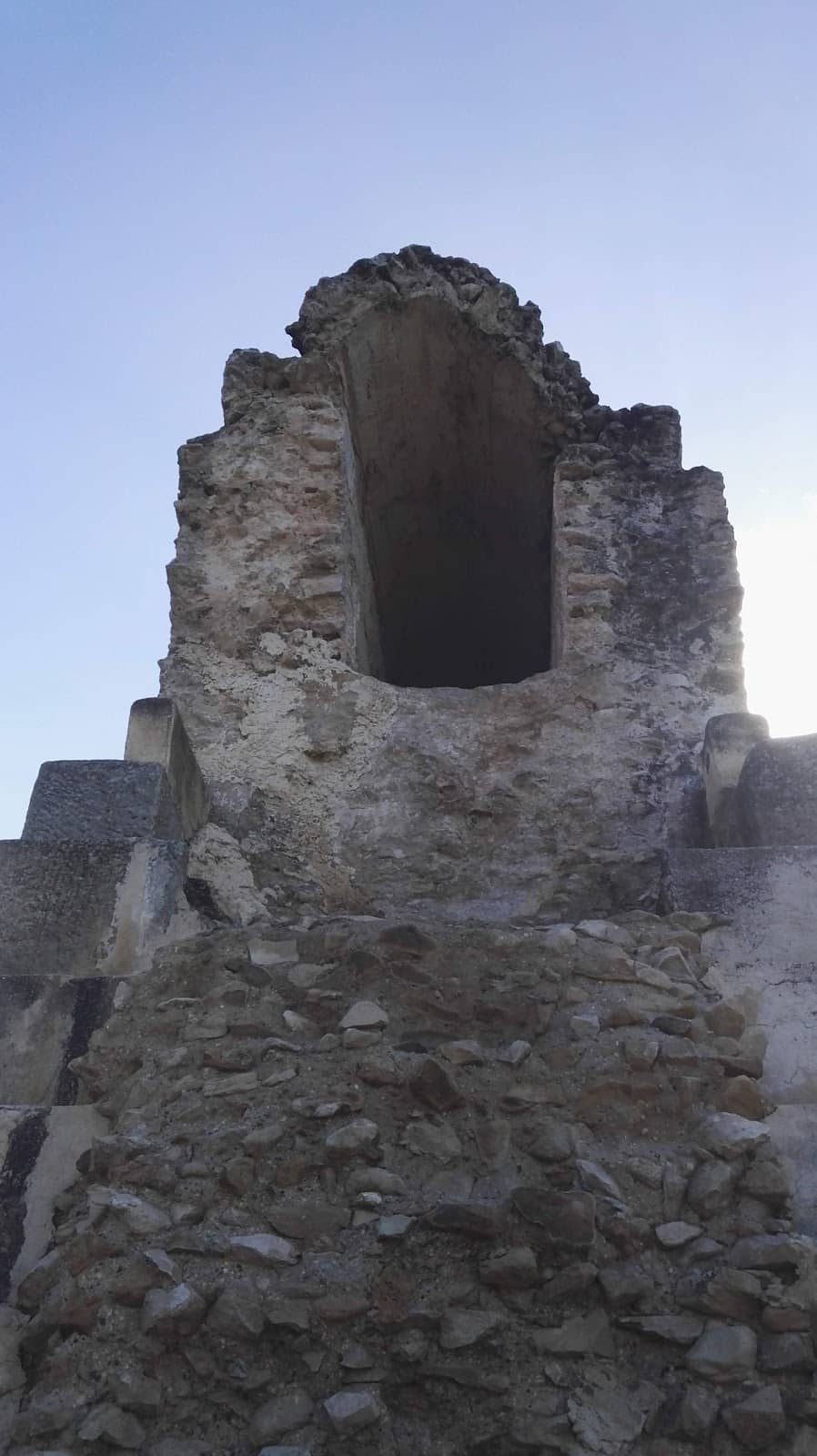
🚗 Roadside Access
Many sections are easily viewed from the road. Perfect for a quick photo stop! :car:
💧 Start at the Source
Visit the Temple of Waters in Zaghouan for context before seeing the aqueduct itself. :temple_value:
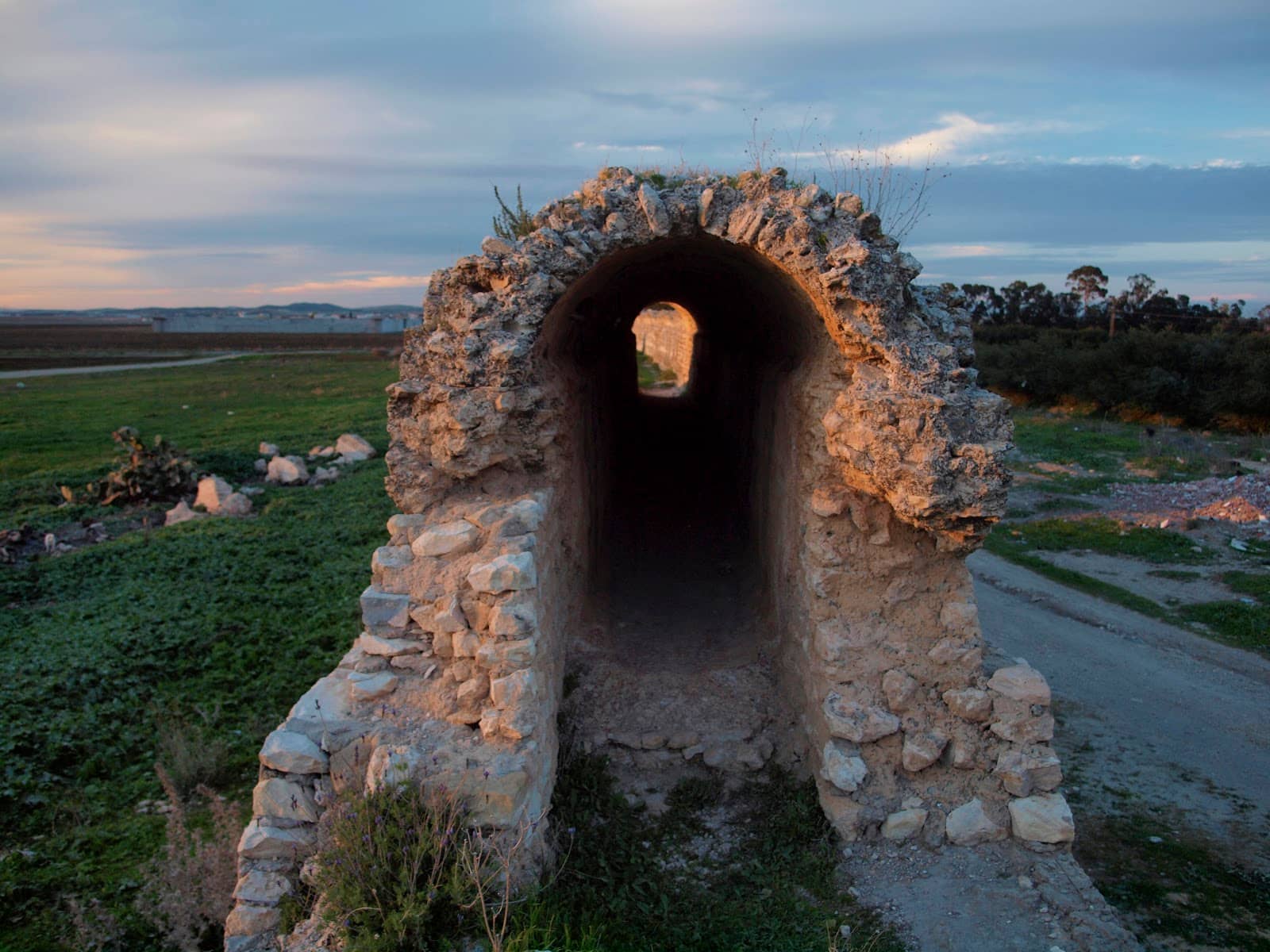
Highlights
Discover the most iconic attractions and experiences

Roadside Aqueduct Sections
Along the main roads between Zaghouan and Carthage
Impressive Roman engineering, often with domed covers, visible right from the roadside. A testament to ancient ingenuity.

Temple of Waters (Temple des Eaux)
Zaghouan
The source of the aqueduct, this temple complex is where the water supply to Carthage began. A crucial historical site.
Plans like a pro.
Thinks like you
Planning Your Visit
Access & Engineering Marvel
Beyond the Roadside Views
Best Times
Insider Tips
from TikTok, Instagram & Reddit
🚗 Roadside Access
Many sections are easily viewed from the road. Perfect for a quick photo stop! :car:
💧 Start at the Source
Visit the Temple of Waters in Zaghouan for context before seeing the aqueduct itself. :temple_value:
📸 Capture the Scale
Look for sections with intact domed covers for unique photo opportunities. :camerawithflash:
🤔 Appreciate the Tech
Remember this isn't Segovia; it's a different, yet equally impressive, ancient marvel. :thinking_face:
Tips
from all over the internet
🚗 Roadside Access
Many sections are easily viewed from the road. Perfect for a quick photo stop! :car:
💧 Start at the Source
Visit the Temple of Waters in Zaghouan for context before seeing the aqueduct itself. :temple_value:
📸 Capture the Scale
Look for sections with intact domed covers for unique photo opportunities. :camerawithflash:
🤔 Appreciate the Tech
Remember this isn't Segovia; it's a different, yet equally impressive, ancient marvel. :thinking_face:
What Travellers Say
Reviews Summary
Visitors are impressed by the sheer scale and engineering prowess of the Roman Aqueduct, especially its roadside accessibility. While some note it's not as grand as other famous Roman structures, its preservation and historical significance are widely appreciated. The ease of access makes it a convenient and worthwhile stop for anyone traveling in the region.
"Just at the roadside! Amazing feat of engineering and it had a domed cover for the entire length!
No photos, store photos on Windows10 hard drive and can no longer upload to Google maps!"
Musicians Mum
"The aqueduct which connected Zaghouan to Carthage supplied the capital with water. Many remains remain today, particularly along the road, in a fairly good state of conservation.
I invite you to first go to Zaghouan and see the Temple of Waters, from where all the water supply once left.
There was no one there when we visited! Perfect !"
V H
"I think the technology of the Roman era is amazing, but don't imagine the aqueduct of Segovia."
Junko Yone
What People Like
What People Dislike
Frequently Asked Questions
🚇 🗺️ Getting There
The aqueduct's remains are scattered along the roads connecting Zaghouan to Carthage. Many sections are visible directly from the roadside, making it easy to spot as you drive. Consider using GPS coordinates for specific points of interest if you're looking for particular segments.
Yes, access is generally very easy by car. Many parts of the aqueduct run alongside major roads, allowing for convenient stops and viewing directly from your vehicle.
The most common route is to drive from Zaghouan towards Carthage. This allows you to see the aqueduct's origin at the Temple of Waters and then follow its path towards the ancient city.
Public transport options are limited for directly accessing specific roadside sections. It's best explored by private car or taxi for flexibility.
While you can't walk the entire length, some sections might allow for short walks near the roadside viewing points. Always prioritize safety and stay aware of traffic.
🎫 🎫 Tickets & Entry
No, most sections of the Roman Aqueduct of Zaghouan–Carthage are visible from public roads and do not require an entrance fee. Access is free.
Since the aqueduct is largely an open-air site visible from roads, there are no set opening hours. You can view it at any time.
The Temple of Waters in Zaghouan, the aqueduct's origin, is typically accessible without an entrance fee, though it's advisable to check locally for any minor charges or specific access times.
While official guided tours might be limited, local guides can often be arranged in Zaghouan or Carthage to provide historical context for the aqueduct.
You can drive by and see illuminated sections at night, but it's recommended to visit during daylight for the best viewing and photographic opportunities.
📸 📸 Photography
Look for sections with intact domed covers and those that stretch across open landscapes for dramatic shots. Roadside pull-offs offer convenient vantage points.
Always use designated pull-off areas and be extremely cautious of traffic when stopping for photos. Prioritize safety over the perfect shot.
Early morning or late afternoon light can create beautiful shadows and highlight the aqueduct's structure. Golden hour offers particularly stunning results.
Drone regulations can vary. It's essential to check current Tunisian aviation laws and obtain any necessary permits before flying a drone.
Access inside the aqueduct is generally not permitted for safety and preservation reasons. Focus on capturing its exterior grandeur.
For Different Travelers
Tailored advice for your travel style
👨👩👧 Families with Kids
🚗 Road Trippers & Day-Trippers
Deep Dives
In-depth insights and expert knowledge
Engineering and History
This aqueduct was vital for the survival and prosperity of Carthage, supporting its population, public baths, and fountains. Its construction highlights the Romans' advanced understanding of civil engineering and their commitment to providing essential infrastructure for their empire. While not as visually dramatic as some other Roman ruins, its sheer scale and the ingenuity behind its creation are awe-inspiring. Visiting the Temple of Waters in Zaghouan, the aqueduct's origin point, provides crucial context for understanding the entire system.
Experiencing the Aqueduct Today
Travelers often express surprise at the aqueduct's accessibility and the sheer scale of the engineering visible right by the roadside. It's a destination that doesn't require extensive planning or dedicated time, making it an ideal stop for those driving between cities. The experience is one of quiet contemplation, appreciating the historical significance and the enduring legacy of Roman infrastructure in Tunisia.


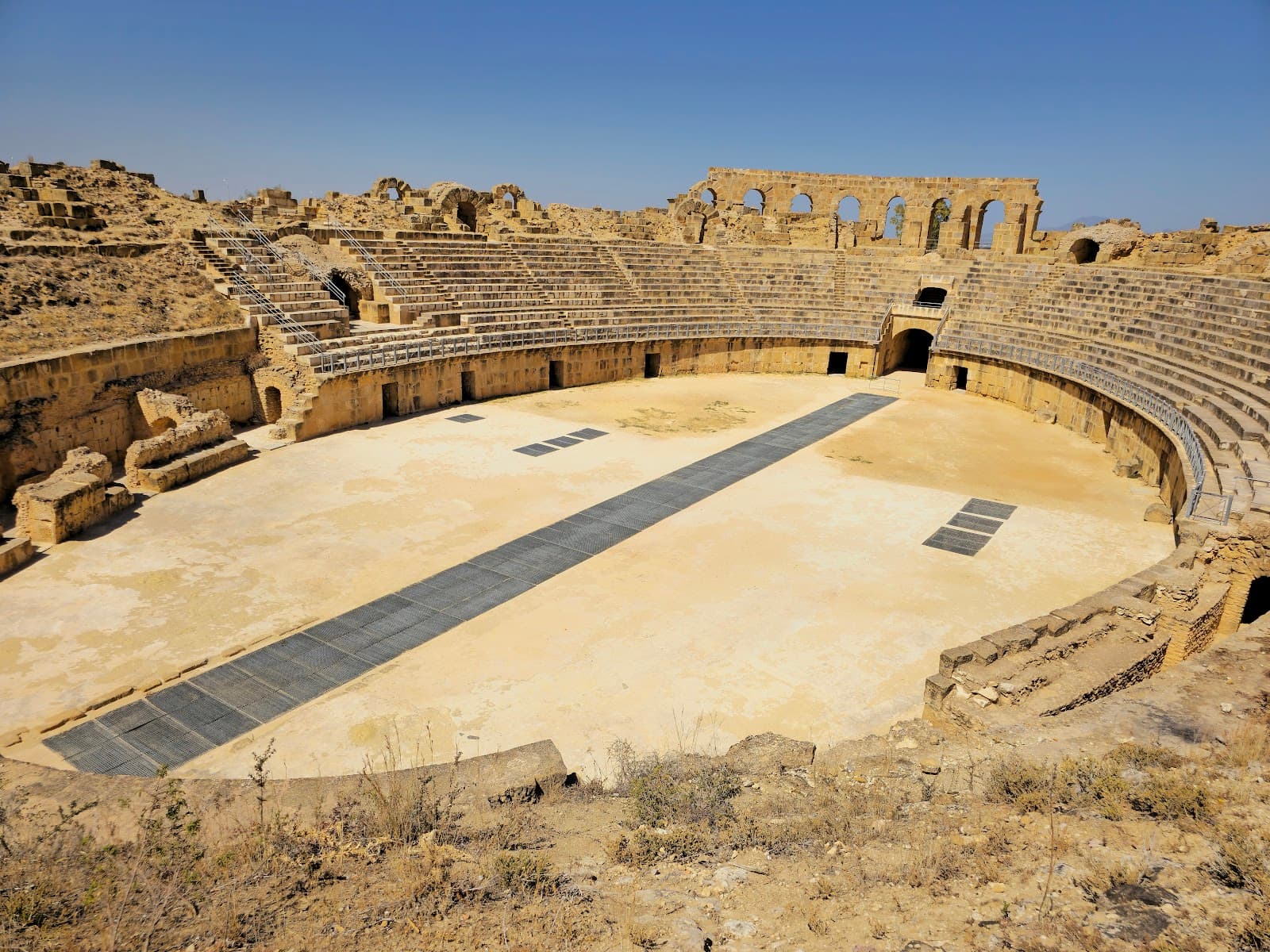
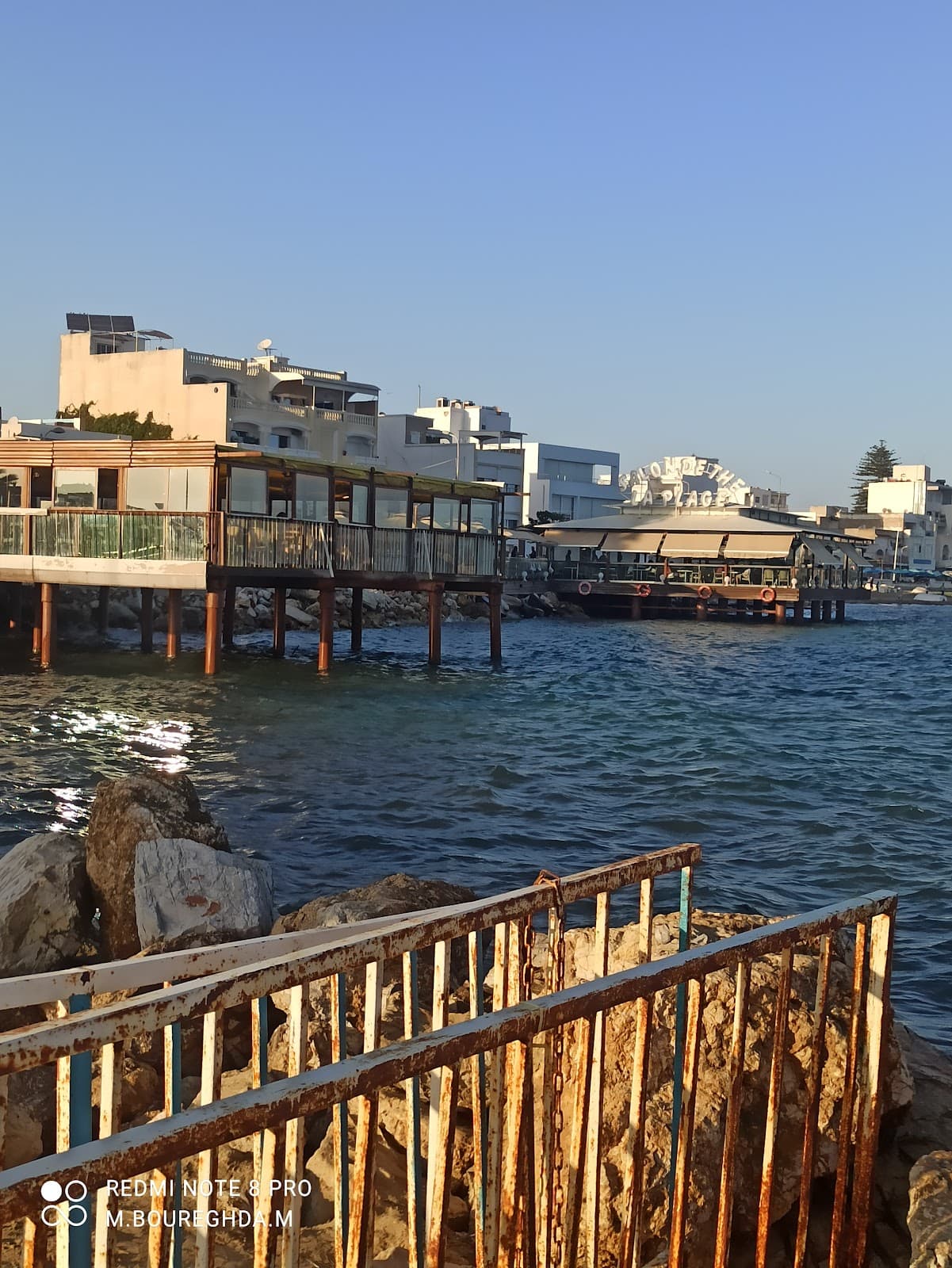
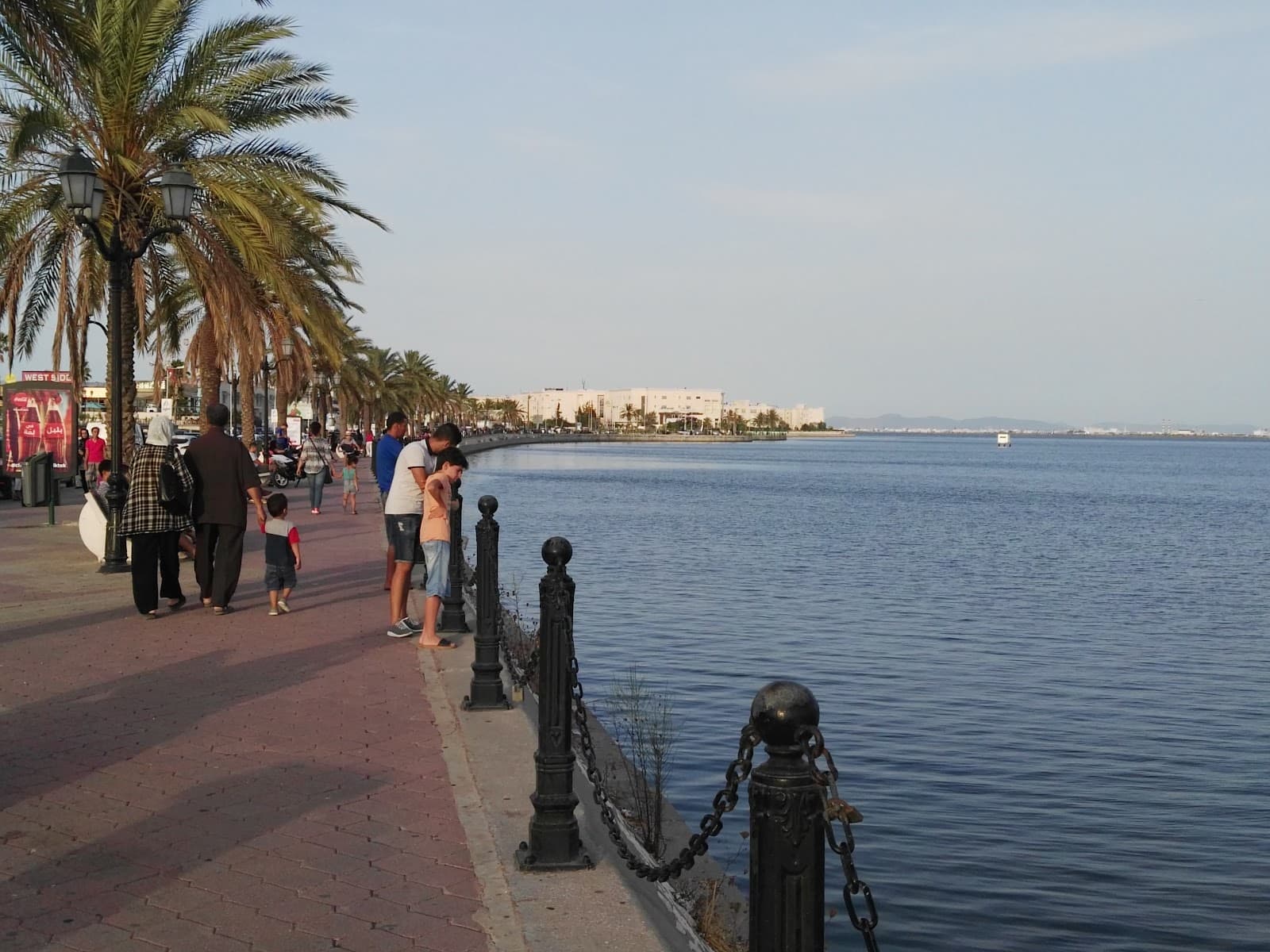
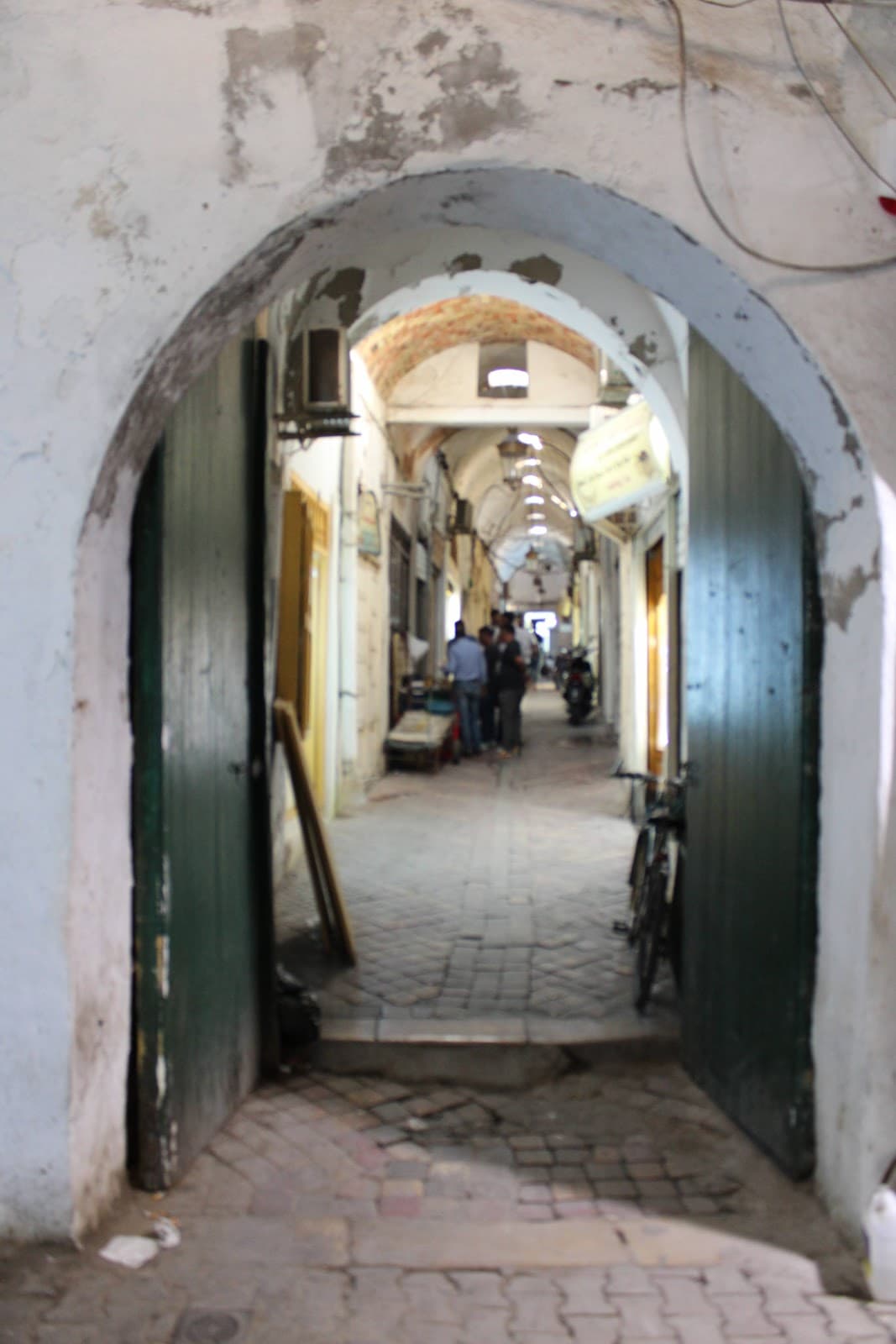
Social
from TikTok, Instagram & Reddit